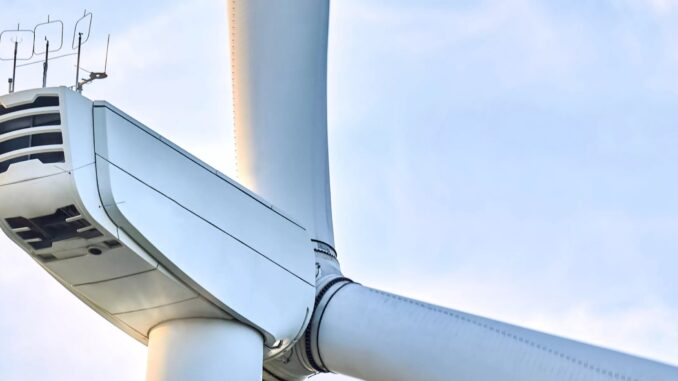
Reduced Greenhouse Gas Emissions: Renewable energy sources produce little to no greenhouse gas emissions compared to fossil fuels, helping to mitigate climate change.
Low Air Pollution: Cleaner energy sources lead to reduced air pollution, improving public health and reducing environmental damage.








2. Sustainability:
Inexhaustible Resources: Renewable energy sources, such as the sun, wind, and water, are naturally replenished and virtually inexhaustible.
Long-term Availability: Unlike finite fossil fuels, renewables can provide a long-term energy supply.
3. Energy Security:
Diversification: Using a mix of renewable energy sources can reduce dependence on imported fuels and enhance energy security.
Local Production: Renewable energy can be produced locally, reducing the need for long-distance energy transportation and the associated risks.
4. Economic Benefits:
Job Creation: The renewable energy sector creates jobs in manufacturing, installation, maintenance, and research and development.
Cost Competitiveness: As technologies advance, the cost of renewable energy continues to decline, making it increasingly competitive with traditional energy sources.
5. Technological Advancements:
Innovation: Investment in renewable energy drives technological innovation and advancements, leading to more efficient and cost-effective solutions.
Integration with Smart Grids: Renewable energy can be integrated into smart grid systems, enhancing overall energy efficiency and reliability.
6. Reduced Resource Conflicts:
Avoidance of Resource Wars: By reducing dependence on fossil fuels, renewable energy can help avoid conflicts over energy resources.
Cons of Renewable Energy
1. Intermittency and Reliability:
Variable Output: Sources like solar and wind are intermittent, producing energy only when the sun shines or the wind blows.
Energy Storage Needs: Effective storage solutions, such as batteries, are required to ensure a steady supply of electricity.
2. High Initial Costs:
Capital Investment: The initial investment for renewable energy infrastructure, such as solar panels or wind turbines, can be high.
Funding and Financing: Securing the necessary funding and financing for large-scale projects can be challenging.
3. Land and Resource Use:
Land Requirements: Large-scale solar and wind farms require significant land, which can impact ecosystems and land use patterns.
Resource Intensity: Some renewable technologies, like biomass, require substantial water and land resources.
4. Environmental and Wildlife Impact:
Habitat Disruption: Wind turbines and hydroelectric dams can disrupt local wildlife habitats and migration patterns.
Pollution: Manufacturing and disposing of renewable energy equipment can produce waste and pollution.
5. Technological and Geographic Limitations:
Site Specificity: Some renewable energy sources, like geothermal and hydropower, are limited to specific geographic locations.
Efficiency Variability: The efficiency of renewable energy systems can vary based on location and environmental conditions.
6. Grid Integration:
Infrastructure Needs: Upgrading and adapting existing grid infrastructure to accommodate variable renewable energy sources can be costly and complex.
Balancing Supply and Demand: Managing the balance between supply and demand with high levels of renewable penetration requires advanced grid management techniques and technologies.
Conclusion
Renewable energy offers numerous benefits, including environmental sustainability, energy security, economic growth, and technological innovation. However, it also faces challenges such as intermittency, high initial costs, land use concerns, and the need for technological and infrastructure advancements. Balancing these pros and cons is essential for developing effective and sustainable energy policies and strategies.

Leave a Reply